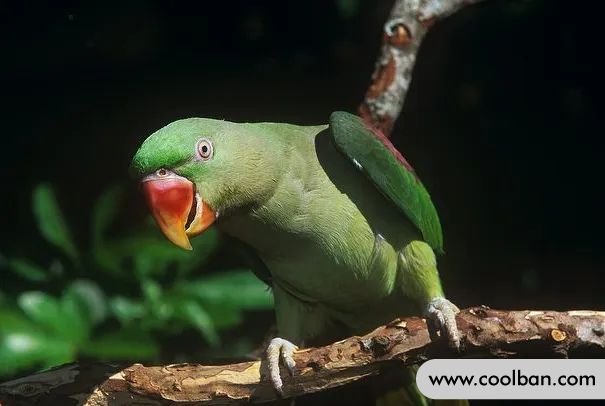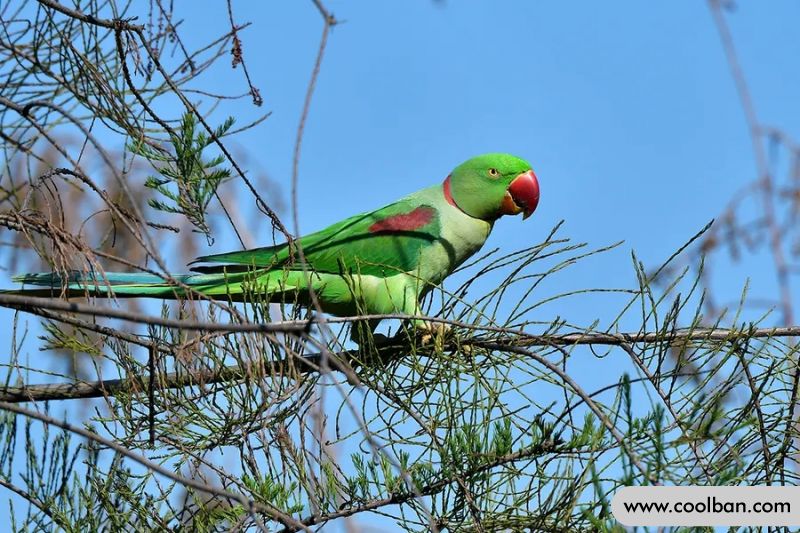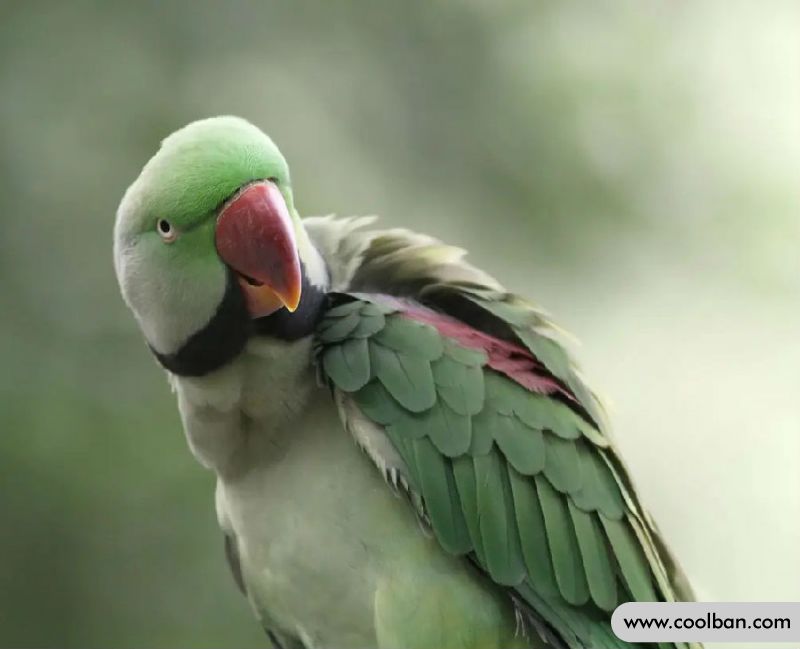Feeding knowledge of Alexander parrot
Alexander parrots are not the more common birds in the pet market, but they have many fans. There are three main reasons why people like them. First, they have beautiful feathers; second, they can learn to speak; third, they are good-natured. Although the Alexander parrot is distributed in many countries in Asia, its number is gradually decreasing, and human hunting is one of the main reasons for its decline.
About Alexander parrots, you may not know, they are the largest parakeets in Asia, their body length can exceed 60cm, if you want to keep them, then you may want to prepare a larger cage.
Captive-bred Alexandra parrots adapt more quickly to their new environment than wild Alexandra parrots, and they are also easier to breed.

Morphological characteristics of Alexander parrot
Alexander parrots are large in size, with a body length of not less than 55cm and a maximum individual length of 62cm. Due to their body length, they are not too light in weight. Typically, an Alexandra parrot weighs about 230 gram. From a distance, you'll see that the bird's body color is predominantly green, with a prominent red beak, but their beaks aren't all red. If you look closely, you will see that the tip of their beak is yellow.
Although the body color of Alexander parrots is mainly green, it does not mean that they do not have feathers of other colors. For example, their cheeks and necks are not green but gray-blue; their outer wing coverts are banded. They have purple plumage; their belly is yellow-green; the tip and inside of their tail are yellow, and so on.
Like many birds, Alexandrine parrots of different sexes have different morphological characteristics. Like females, they do not have the black and pink ringed feathers on their necks like males. It's also an important factor in how we identify the sex of birds. in accordance with. It's important to note that young birds look more like females, but take at least 32 months to fully develop the plumage color of an adult bird.

Alexander parrot breeding knowledge
Alexander parrots love to communicate with their keepers. If breeders are away from home for extended periods of time, or do not communicate with the birds in the home, they are prone to feather pecking. In severe cases, their feathers may be completely pecked off. To avoid birds pecking feathers, breeders must interact with them frequently. In fact, interacting with birds can not only avoid the appearance of feather pecking, but also cultivate your relationship with birds. Why not?
Of course, the reasons for feather pecking are not limited to "loneliness, emptiness, cold", such as parasitic diseases and feed problems may cause Alexander parrots to pecking feathers. As long as the feather pecking phenomenon occurs, the breeder must immediately find out the cause and solve it in time to avoid a more serious situation that he does not want to see.

In addition to the problem of feather pecking, another issue that owners are more concerned about is whether to artificially breed Alexander parrots. If you want to breed Alexandra parrots, you should choose artificially bred birds when you buy them, which will adapt to the environment provided by humans faster, and reproduction is not particularly difficult.
The breeding season for Alexander parrots is from November to April. If you miss this time, you can only wait for the next cycle. In order to provide a better living environment, breeders need to pay attention to the arrangement of the nest box of Alexander parrots. The arrangement of the nest boxes of Alexandrine parrots may be slightly different from that of some birds, and their nest boxes can be placed in higher places, and the depth of the nest boxes should not be too shallow. Since the mother bird takes care of the young, the breeder must provide the mother bird with adequate and nutritious food.
Self-raised Alexandra parrots are well-trained, and with the right guidance, you'll be amazed at their language abilities.
